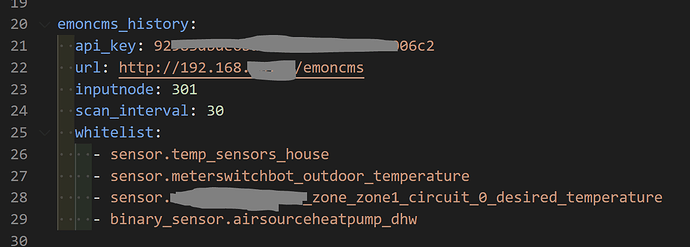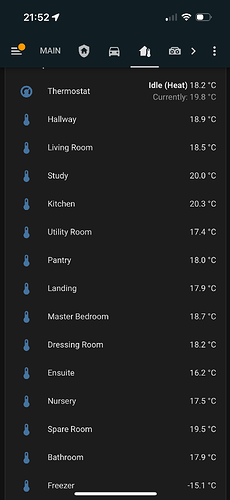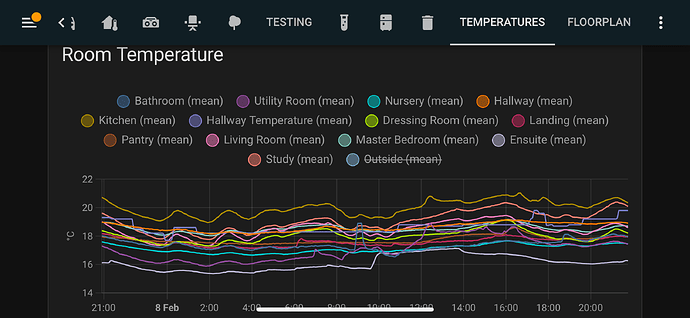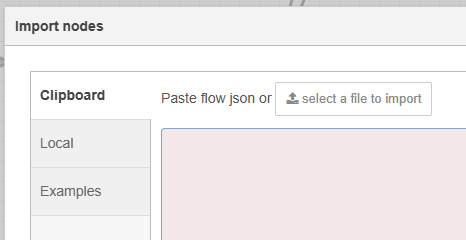Currently I have Eve Thermo HomeKit enabled TRVs on most of my radiators.
Since moving to a Heat Pump I’m thinking or removing these to have no TRVs on all radiators apart from the bedrooms where I will put some standard ones on again and set them to stop those rooms overheating. I have currently set the ones I want to be open with very high target temperatures.
However, I still want to be able to monitor temperatures in the rooms (humidity would also be nice) and am looking at what solutions I could put the sale of the Eve Thermo’s towards.
I would like something that I can log preferably to emoncms as then I don’t have to worry about backups and losing data. Also then I can see the data along side what the Heat Pump is up to.
It would ideally be battery powered with a long time between replacement (one of the reasons to move away from the Thermos is because the battery life isn’t very long).
I currently have an EmonHP and a separate Raspberry Pi 3B running Home Assistant (hooked up to DC Invertor).
The EmonTH sensors looks good but, if I’m correct, would need me to buy an EmonBase or EmonPi to communicate with them, log the data locally and upload to Emoncms.
The cheapest option looks to be EmonBase but it looks to be currently unavailable. Is there any way I can add a module and configure either the HP or Pi to act as the base for the EmonTHs and how involved would that be. Ideally I want something fairly easy to set up and forget.








